The past is catching up with my 101
I took the 101 in yesterday to get a LPG and petrol tune as it is now a bastard to start but runs OK. Cannot tune it up as it seems that the inlet manifold is letting air in so today off comes the manifold an in with new gaskets and back to the tuneup man early next week.
As my front tyres are wearing a bit odd - I went in for a wheel alignment this morning at a specialist truck wheel alignment shop - again no can do the work as the swivel pins on the passenger side are really bad and the drivers are just bad. Both wheels wobble around a bit.
So is it just a matter of replacing the bottom swivel pin bearing and the raiko (s) bushes at the top or is there more too it. Suppliers in Aust? or do I need to get them in from the 101 club or other suppliers in the UK.
The guy also checked all my tie rods and all have too much vertical movement so need replacing - but still considered safe to drive so can do the Outback Heritage Drive over the next few weeks.
On return the front end will have to be rebuilt.
The odd tyre wear seemed to indicate bad shockies but the guy did a quick test and they seemed OK. He indicated he would be able to match the shockies from one of the jap light truck range I just need to give him the extended/compressed dimensions and mounting bracket shaft sizes. Same applies to the rears. I will follow this up when I do the front end work and see what comes up.
Garry
REMLR 243
2007 Range Rover Sport TDV6
1977 FC 101
1976 Jaguar XJ12C
1973 Haflinger AP700
1971 Jaguar V12 E-Type Series 3 Roadster
1957 Series 1 88"
1957 Series 1 88" Station Wagon



 Reply With Quote
Reply With Quote
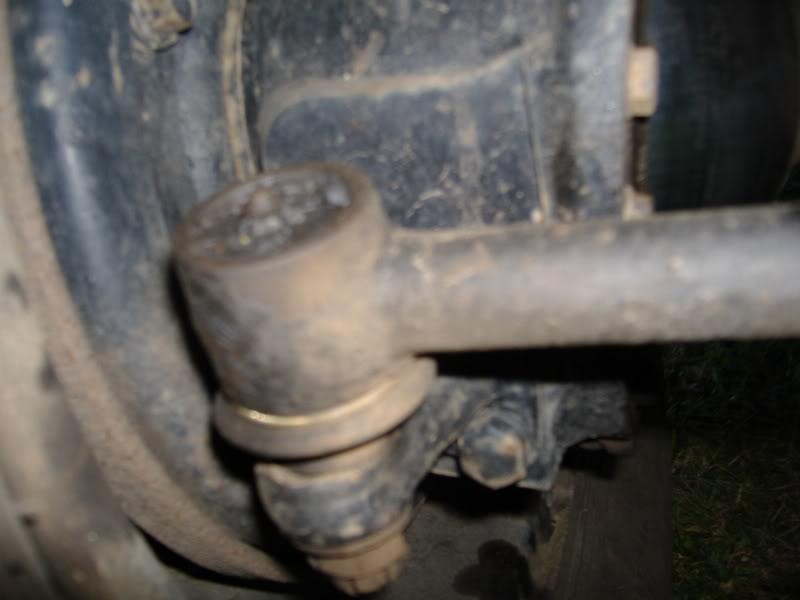
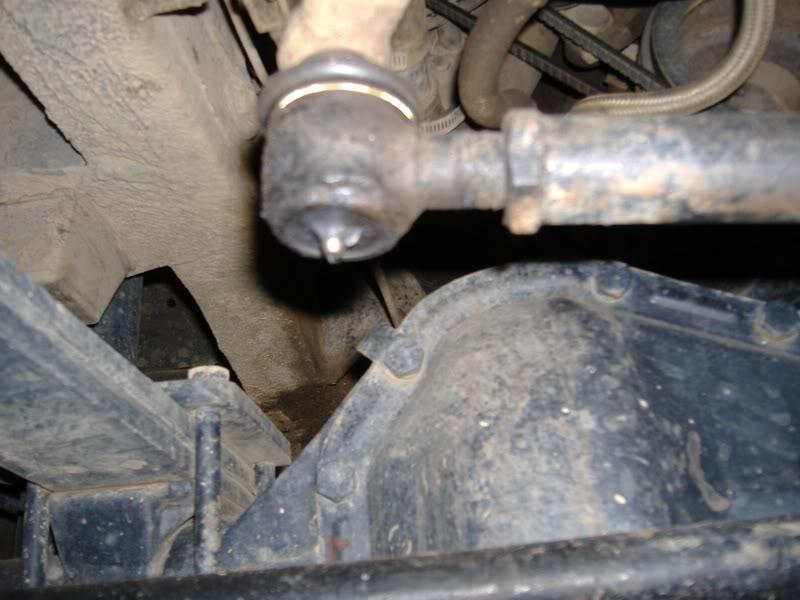
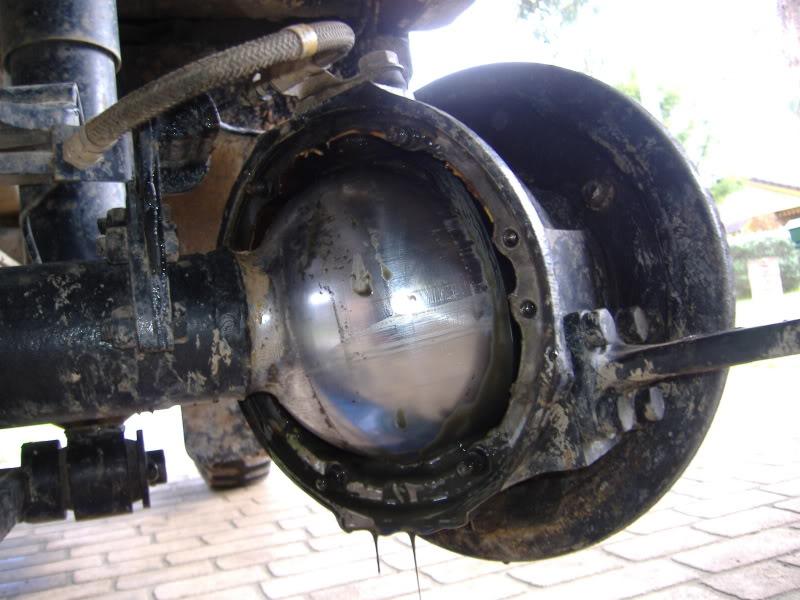
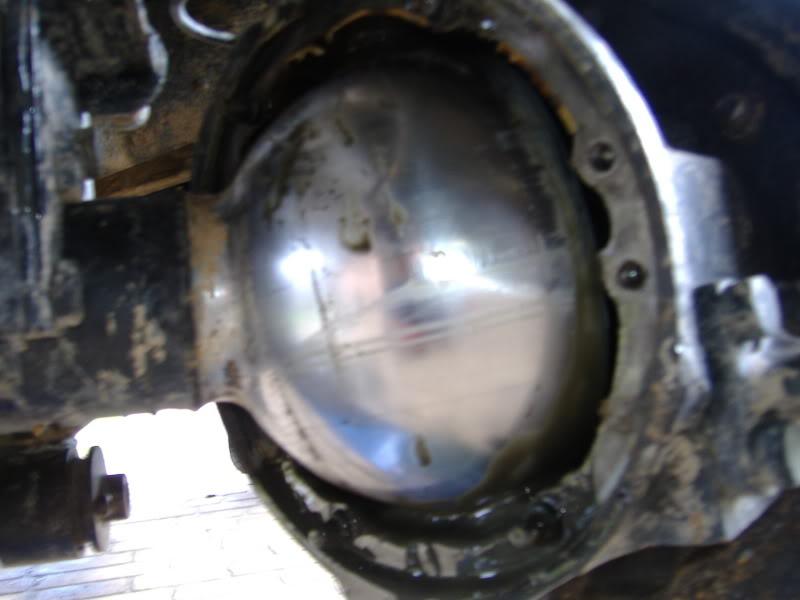
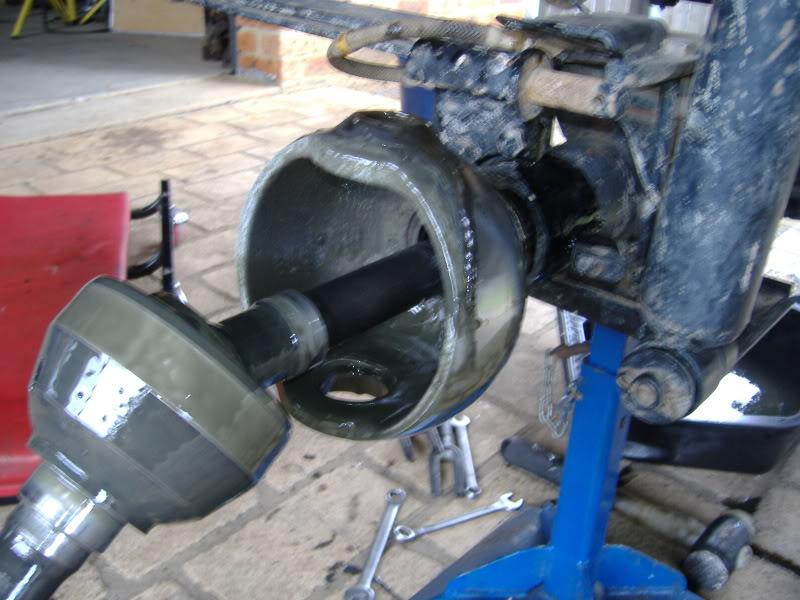
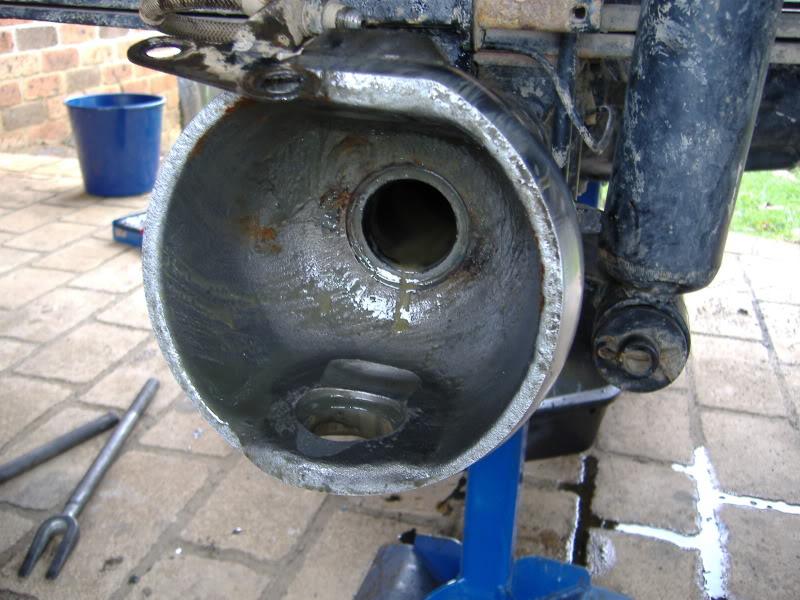
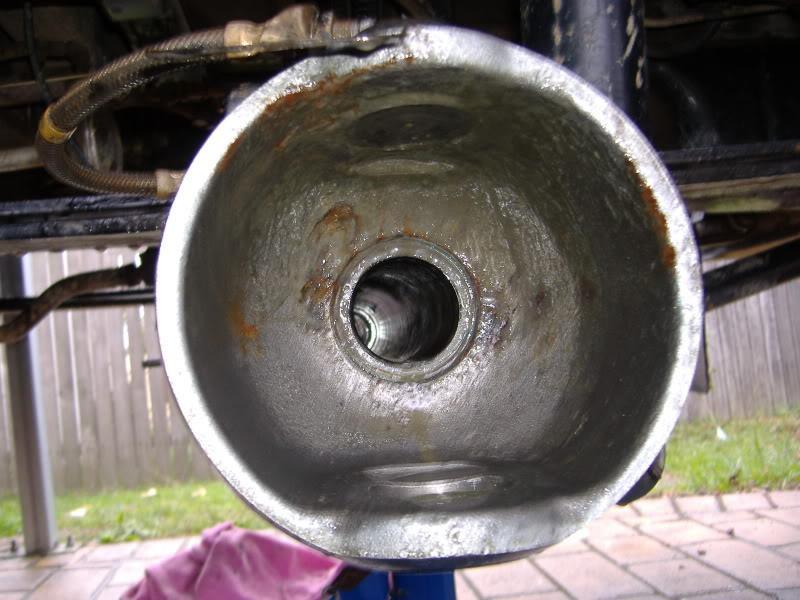
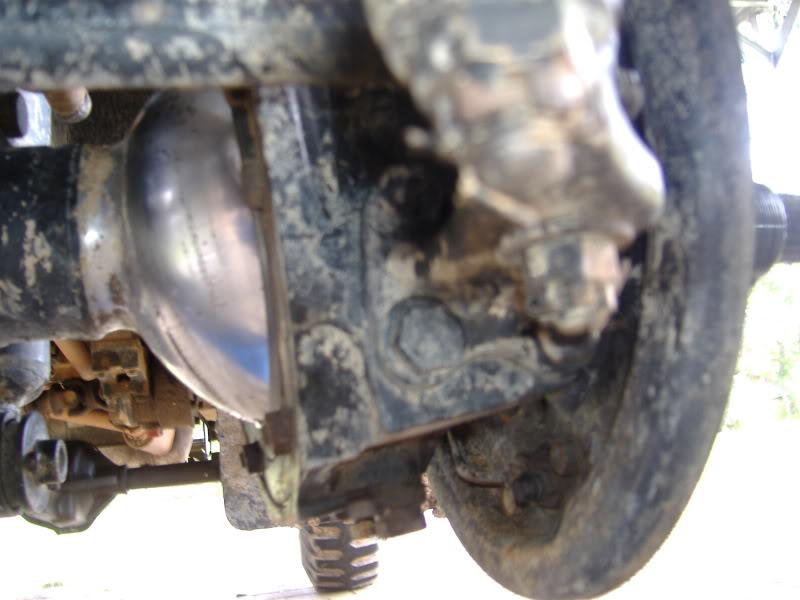
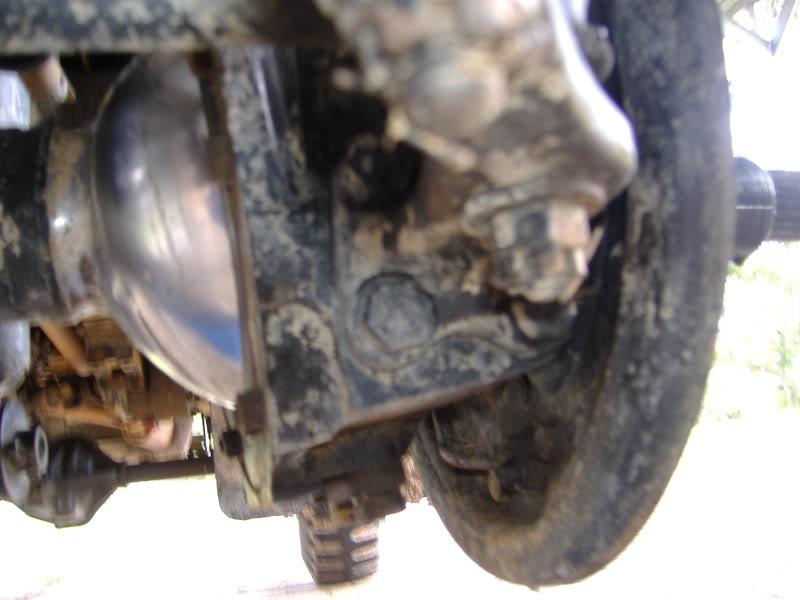

Bookmarks